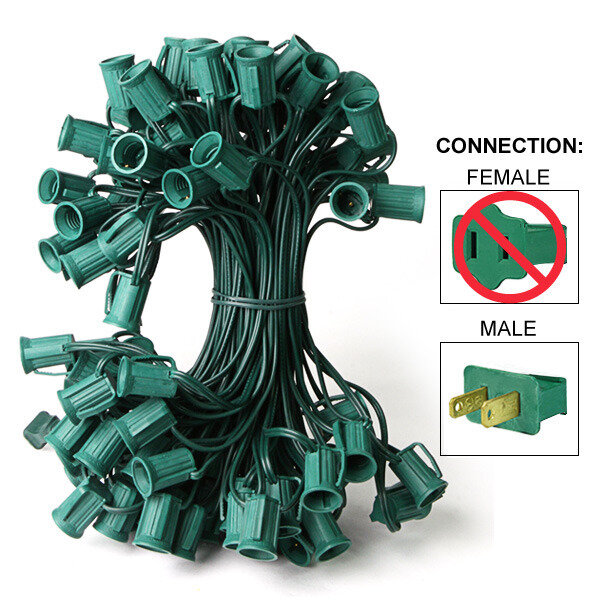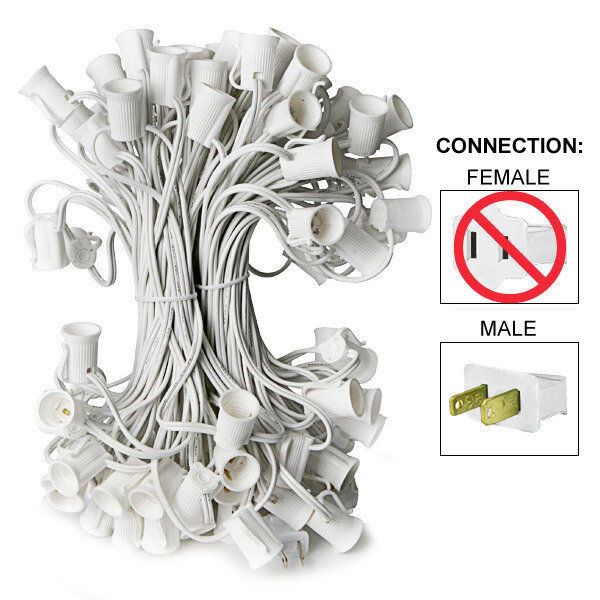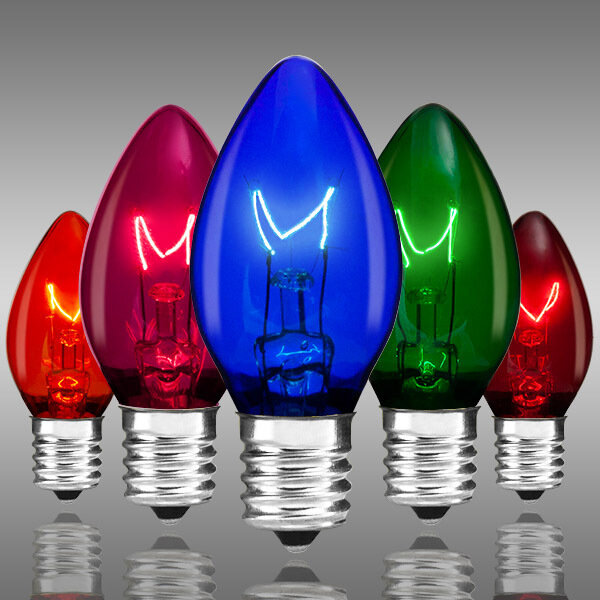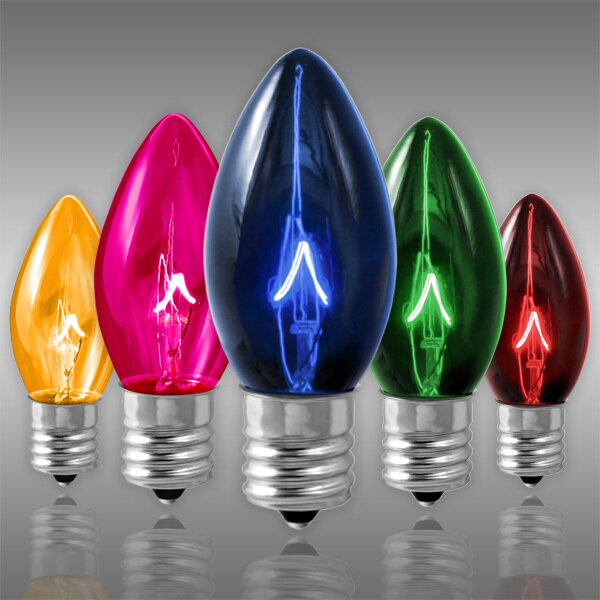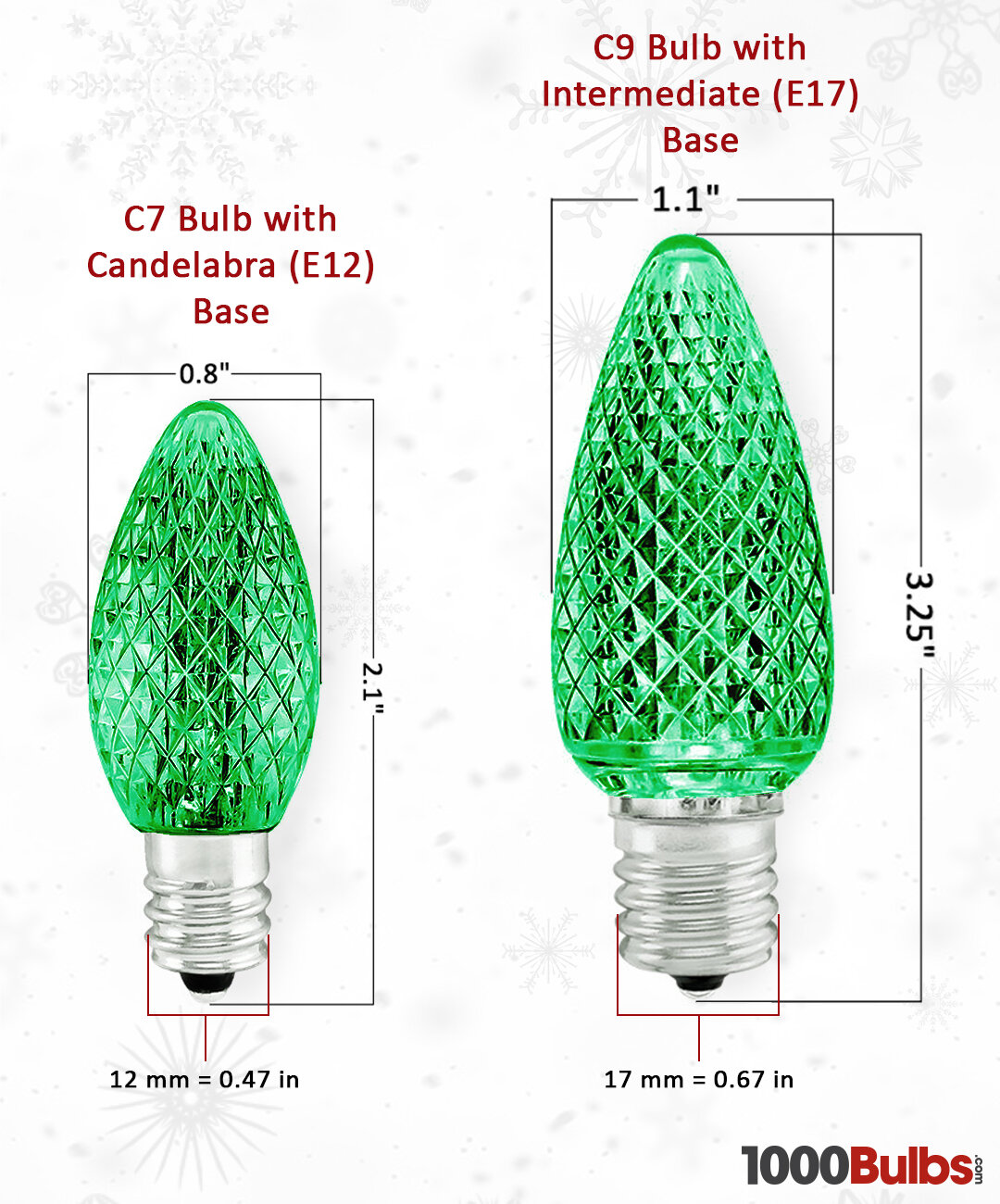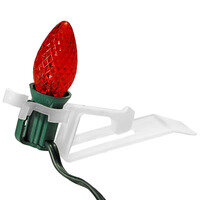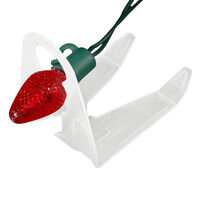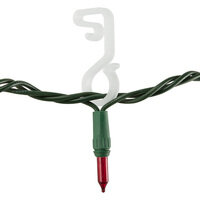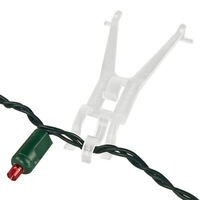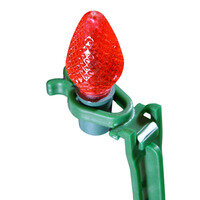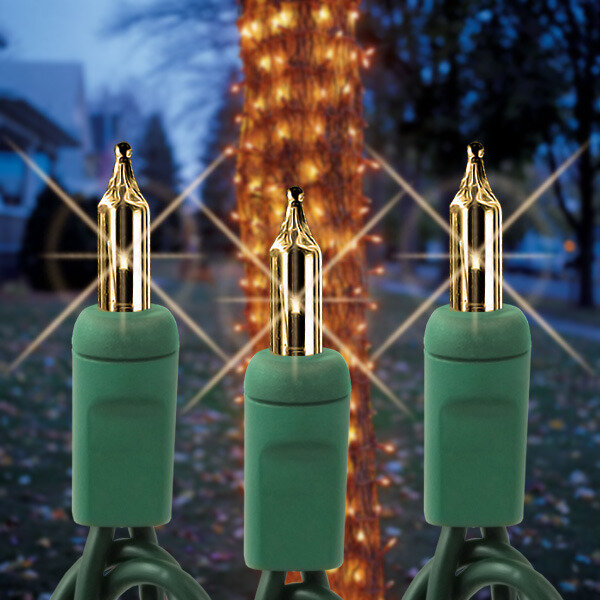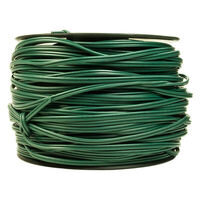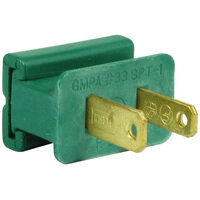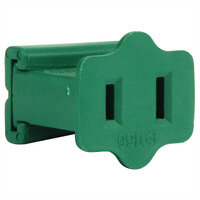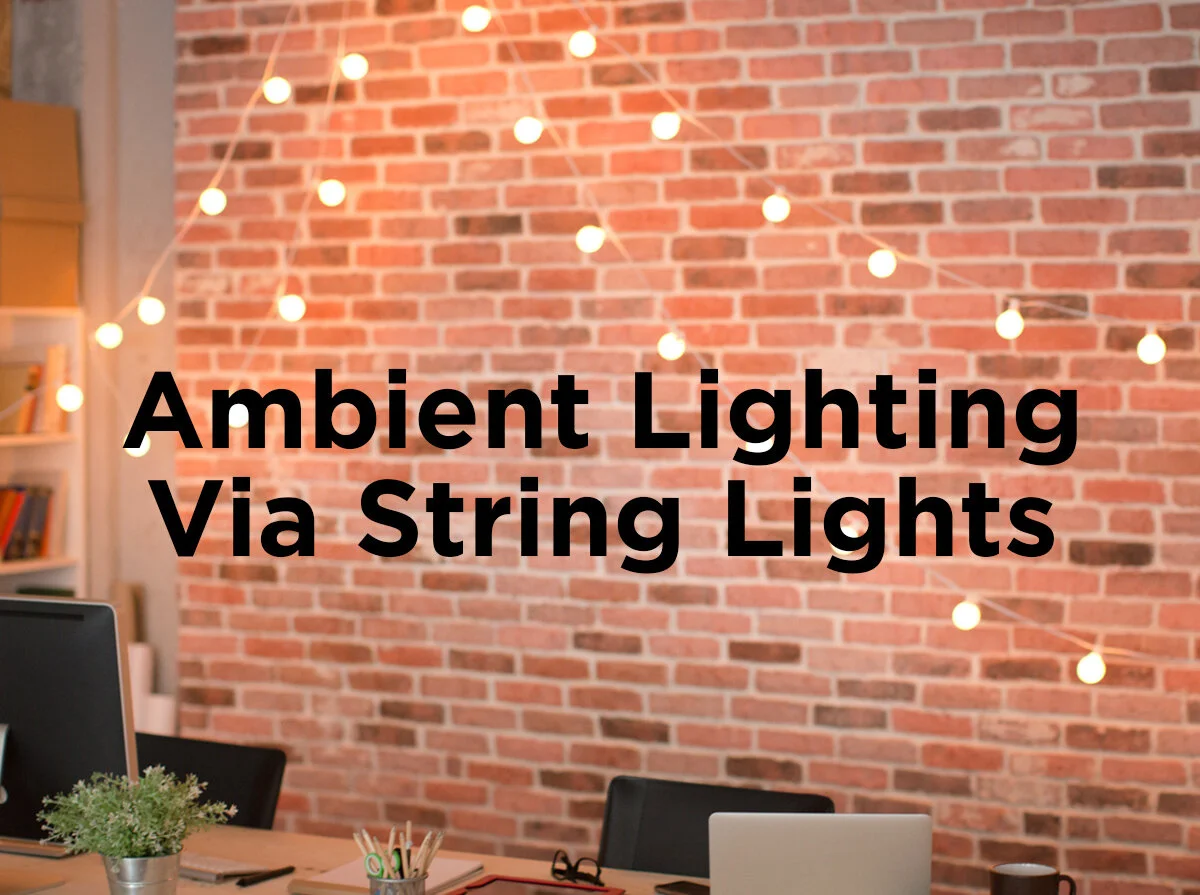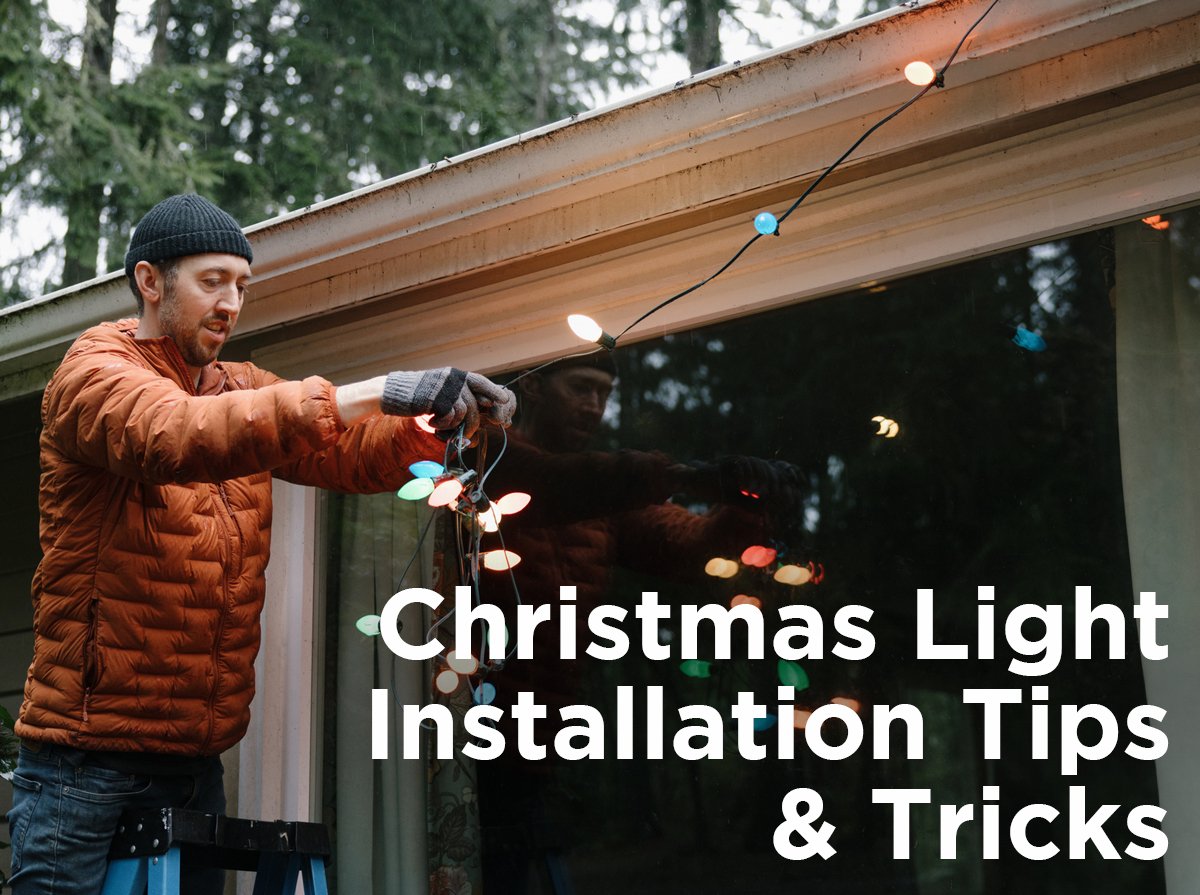Holiday Lighting Checklist: Everything You Need for Professional Christmas Light Installation
Updated 10/22/25
The Christmas season is nearly here, and pretty soon you'll start seeing homes in your neighborhood being decked out in dazzling lights. You don't have to break the bank or go full Clark Griswold to make your house stand out. In fact, it's actually easy to do a professional-looking Christmas light installation yourself.
In this post, we'll go over everything you need to do and have in order to decorate the exterior of your home like a pro.
How Many Feet of Lights Do You Need?
The first thing you need to do is find out how many feet of lights you'll need. That means measuring your roof lines, fence lines, and anywhere else you are planning to add lights. Then you can start choosing light strings based on the length of the runs you need.
Most people go with commercial stringers, which are available in 25 foot, 50 foot, or 100 foot options. These strands do not come with bulbs, allowing you to pick the C7 or C9 bulbs of your choice.
25-foot strands can be connected end-to-end with male and female plugs, allowing you to cover longer distances.
50-foot and 100-foot only come with a male plug, meaning you cannot connect them end-to-end. These stringers are meant to cover only a set distance, and can be cut to length as needed.
Pro tip: Add 10-15% extra to your measurements to account for connections and spacing adjustments.
What Kind of Wire Should You Choose?
Once you figure out how many feet of lights are needed, you will need to decide on the type of wire. Christmas lights come in two wire sizes: SPT-1 and SPT-2. The only difference between them is the insulation thickness.
SPT-1 wire is the most commonly used wire, with an insulation thickness 0.03 inches. It holds up well in most conditions and can be used in a variety of climates.
SPT-2 wire insulation is thicker, measuring 0.045 inches. This wire is generally only used when the lights will be up longer than the standard 90-day season or in extremely cold climates.
For more information on these two wire types, read our blog post.
C7 or C9 Bulbs?
Since commercial stringers do not come with bulbs, as mentioned earlier, you need to choose between using C7 bulbs or C9 bulbs.
C7 bulbs have a candelabra (E12) base and are the same size as a night light bulb. They are used for a wide number of applications, including lining fences and pathways.
C9 bulbs are larger and have an intermediate (E17) base. These bulbs are a popular choice for roof lines since they can be seen clearly from a distance.
Incandescent or LED?
With the bulb size out of the way, it's time to choose between incandescent or LED.
Traditional incandescent bulbs
If you want that warm look that you remember growing up, then go with incandescents. These traditional C7 and C9 glass bulbs are available in a variety of colors. However, keep in mind that they use between 5 to 7 watts each. While that doesn't sound like much, it can add up quickly and affect the number of bulbs you can have per string and on your circuit.
Energy-efficient LED bulbs
This is where LED bulbs come in. Using a fraction of the energy, LED C7 and C9 bulbs come in a variety of color options, including warm white deluxe, which matches the look and feel of traditional incandescents, and color-changing.
Using LED bulbs will allow you to double the amount of bulbs you can use per run without overloading your circuits. For a better idea of how many bulbs you can use, read our blog post How to Calculate Maximum Runs from Wattage.
How Do You Hang Them?
Now that you have your strings and bulbs picked out, you need a way to hang them. The best way to hang your new strings is with mounting clips. We carry a wide variety of clips designed to hold multiple types of lights and attach to multiple surfaces.
All-In-One clips can hold multiple types of lights, making them extremely versatile.
Shingle speed tabs slide under shingles and hold several types of bulbs.
Gutter hooks and leaf screen clips are also very popular, attaching either to the gutter or clipping into the leaf screen.
What Else Are You Missing?
With your lights now up on your house, you might think you're done. Not yet. You still have windows, sidewalks, trees, shrubs, and more to light.
Sidewalks and pathways can be easily lit by pairing light stringers with mounting stakes.
For tree trunks, tree wrap lights or mini light professional installer packs are your best options. When using mini lights, we recommend using a 2.5 to 4 inch spacing to really make the trees pop.
For shrubs, go with net lights. Essentially a net made of lights, net lights will give you evenly spaced out lights with little effort on your part.
Windows can be easily lit with stringers. You can even use leftover sections that you trimmed off of your stringers.
Don't forget the bulk wire
One last thing to consider is using bulk wire. No one wants to see a bunch of unsightly extension cords running all over the place. With bulk wire, you can make custom-length extension cords that are practically invisible, giving you a clean and professional look. All you need are some male and female plugs.
Ready to Get Started?
And there you have it. Everything you need to light up your home for the holidays. If you need help finding the right lights or have questions about what lights and accessories to use, call 1-844-884-4701 to speak to one of our holiday lighting experts. They can walk you through your installation from start to finish.




